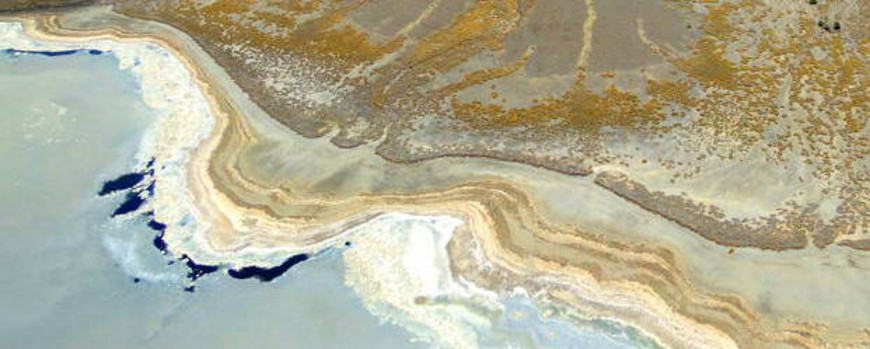| PI: | Prof. Dr. Martin Trauth | Geologist, UP, trauthugeo.uni-potsdampde |
| Co-PI: | Dr. Norbert Marwan | Physicist, PIK, marwanupik-potsdampde |
| Members: | Dipl.-Geol. Sven Borchardt | Geologist, EnMap, Graduateschool GRK1364 and UP |
| | Dipl.-Geol. Thomas Ebert | Geologist, Graduateschool GRK1364 and UP |
| | Dr. Matthias Konrad-Schmolke | Geochemist, UP |
| Partners | Prof. Dr. Hermann Kaufmann | GeoForschungsZentrum Potsdam |
| | Dr. Christian Rogass | GeoForschungsZentrum Potsdam |
| Funding: | BMWi 50EE1012/EnMAP, 2010-2014 |
| Summary: | In semi-arid to sub-humid climates of the earth, extreme climate events cause high erosion rates in areas of extreme relief. The relationship between climatic factors, particularly rainfall and spatio-temporal variation of erosion in the lower latitudes are poorly understood, particularly because of the low data density. Remote sensing data such as precipitation data from the Tropical Rainfall Measuring Mission (TRMM) and environmental data from remote sensing partly overcome of this problem, in particular to quantify and determine the provenance of sediment transfers. This project aims at exploring the usability of nonlinear methods to better determine erosion, transport and sedimentation in remote areas with extreme relief. In the study areas in equatorial East Africa, this study is of particular importance as the flooding, surface erosion and mass movements in the course of global climate change has an extreme impact on human populations, agriculture and infrastractures. |
| Links | EnMAP Project Page GFZ/DLR & EnMAP Project Page GFZ |
| Publications | Borchardt, S., Trauth, M.H. (2012) Remotely-sensed evapotranspiration estimates for an improved hydrological modeling of the early Holocene mega-lake Suguta, northern Kenya Rift. Palaeogeography, Palaeoclimatology, Palaeoecology, in press. |

